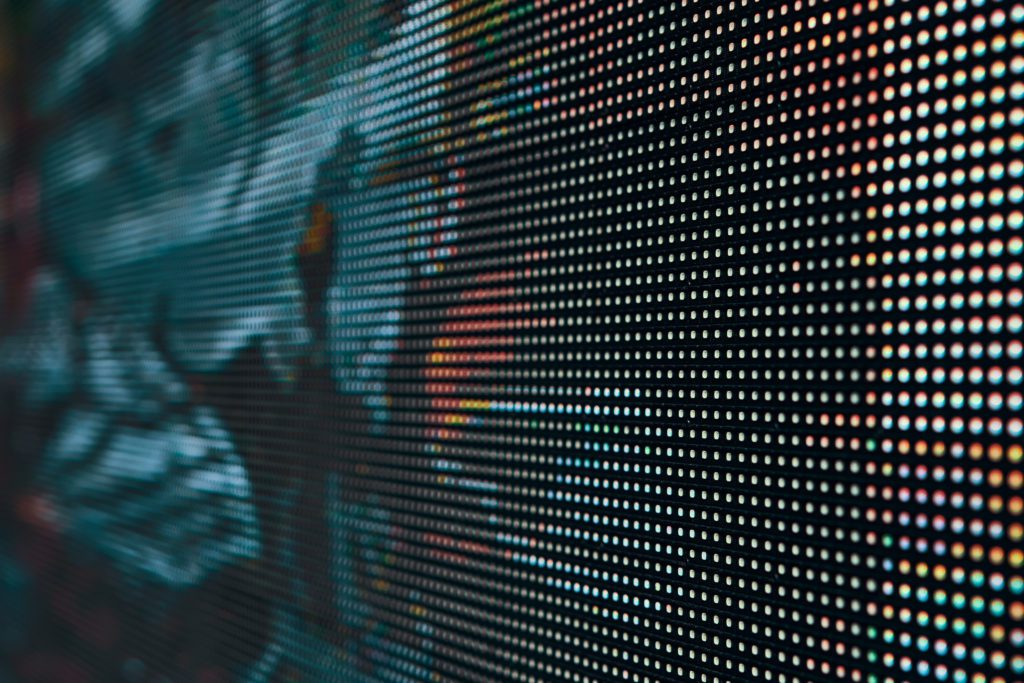Investigating the Key Elements That Affect Hue Consistency in Light Emitting Diode Wall Panels for Ideal Visual Output
Investigating the Key Elements That Affect Hue Consistency in Light Emitting Diode Wall Panels for Ideal Visual Output
Blog Article
Hue uniformity in LED wall screens is crucial for achieving optimal visual output. light-emitting diode wall panels are widely used in various settings, including concerts, meetings, and promotional displays. When the colors on these screens are consistent, they create a more captivating and enveloping experience for viewers. Several key factors influence color uniformity, including the caliber of the LED components, calibration procedures, and surrounding factors.
The caliber of the LED elements plays a significant role in color consistency. Various types of LEDs emit light at varying frequencies, which can influence the overall hue output. High-quality light-emitting diodes are engineered to generate a more consistent light spectrum, resulting in better color precision. Additionally, the production method of these light-emitting diodes can impact their functionality. Panels made with high-grade materials and techniques tend to have less hue differences, guaranteeing that the shown pictures and videos look vibrant and true to life.
Tuning is another essential element in maintaining color uniformity in light-emitting diode wall panels. Tuning involves modifying the settings of the panel to make certain that the colors shown align the desired design. This process can consist of adjusting luminosity, contrast, and hue equilibrium. Frequent calibration is necessary, especially in environments where illumination conditions vary often. By calibrating the panels, specialists can correct any discrepancies in color result, leading to a more uniform viewing experience.
Surrounding conditions also affect color uniformity in light-emitting diode wall panels. Factors such as surrounding light, heat, and humidity can influence how hues are seen. For instance, bright surrounding light can dull hues, making them appear less vibrant. Similarly, harsh temperatures can affect the functionality of the light-emitting diodes, resulting to color changes. To reduce these problems, it is essential to install LED wall screens in managed settings where illumination and heat can be controlled efficiently.
Lastly, the design and arrangement of the LED wall panels can impact hue consistency. The configuration of the screens, as well as the distance from which they are viewed, useful source can create variations in color perception. When screens are placed too distant apart or at different positions, audiences may detect discrepancies in hue. To achieve the best visual output, it is crucial to take into account the placement and alignment of the screens during installation. By addressing these elements, operators can ensure that their LED wall screens deliver a consistent and superior optical encounter.